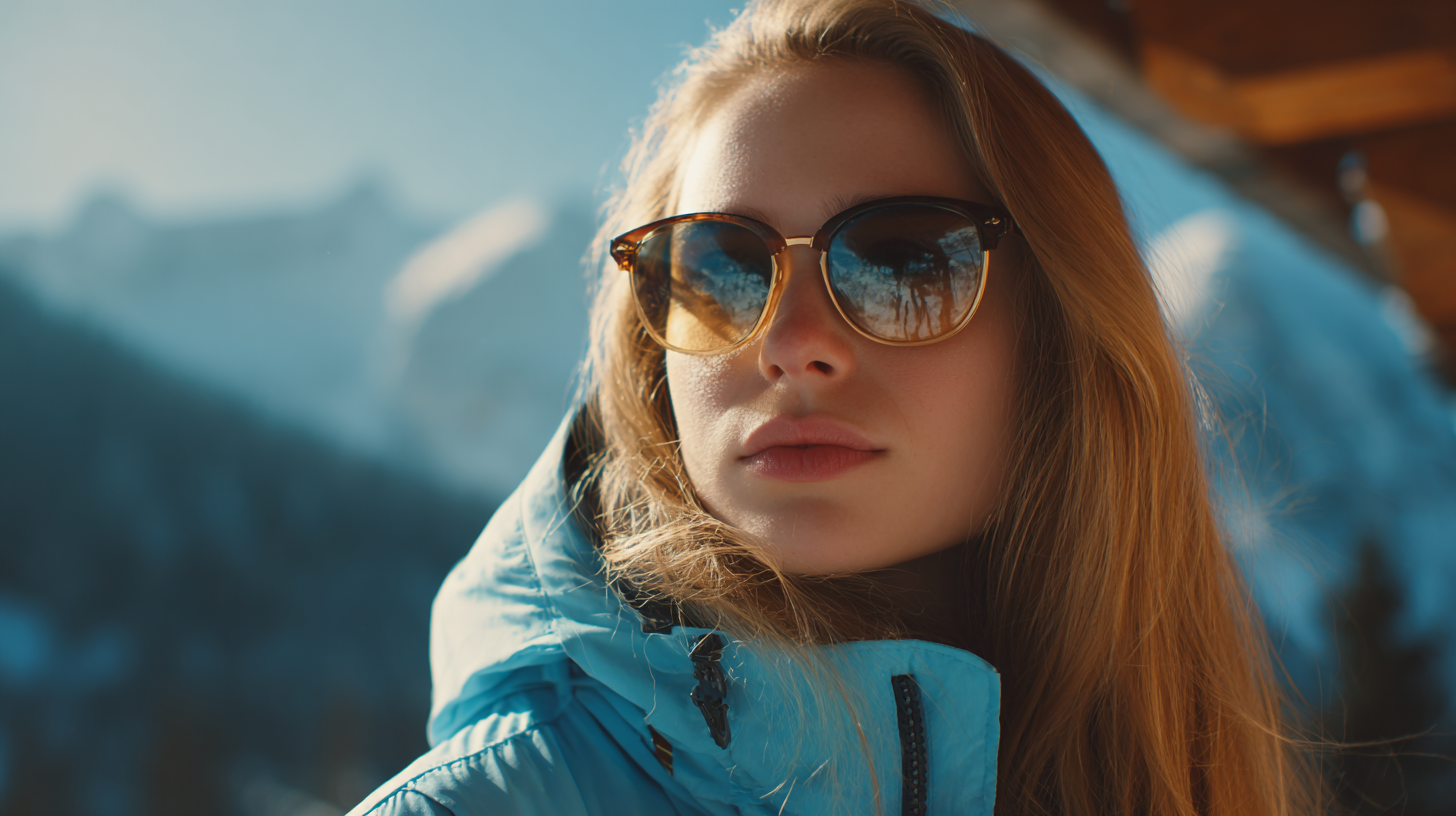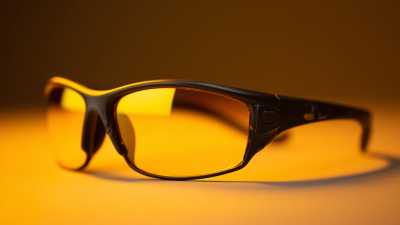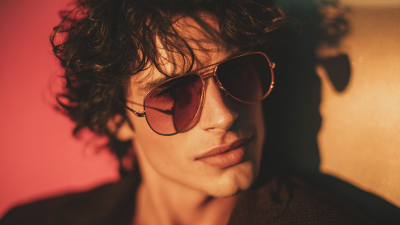Choosing the best Photochromic Glasses for your lifestyle is essential, as these adaptive lenses have grown in popularity due to their convenience and versatility. According to a recent report by the Vision Council, over 40% of consumers now prefer photochromic lenses for everyday wear, valuing their ability to transition seamlessly from indoor to outdoor environments. This preference is supported by the increasing awareness of UV eye protection, with the American Optometric Association noting that prolonged exposure to harmful UV rays can lead to serious eye conditions, including cataracts and macular degeneration. As eyewear technology advances, photochromic glasses offer improved response times and broader protection against blue light, making them an attractive choice for anyone seeking optimal vision comfort. Understanding the various factors that influence the effectiveness and suitability of photochromic glasses will empower you to make an informed decision that meets your specific needs and lifestyle.

Photochromic glasses have become increasingly popular due to their ability to adapt to changing light conditions. Understanding the underlying technology is essential for selecting the best pair to match your lifestyle. At its core, photochromic technology involves the integration of special molecules that react to ultraviolet (UV) light. When exposed to UV rays, these molecules undergo a chemical change, causing the lenses to darken. As the UV exposure diminishes, the lenses gradually return to their clear state, providing optimal vision in various lighting environments.
There are primarily two types of photochromic mechanisms: chemical and physical. Chemical photochromic lenses contain dyes that alter their structure in response to UV light, providing a quick transition between clear and tinted states. On the other hand, physical photochromic lenses utilize nanoparticles embedded within the lens material to achieve a similar effect. Each type has its advantages; chemical lenses tend to adapt faster, while physical lenses often offer more durability over time. Understanding these mechanisms is crucial for individuals seeking lenses that not only enhance comfort but also suit specific activities, such as driving, outdoor sports, or day-to-day tasks.
 When selecting photochromic lenses tailored to an active lifestyle, one of the most important factors to consider is transition speed. Lenses that adapt quickly from clear to dark and vice versa can enhance comfort and visibility during various activities, from running outdoors to cycling. Look for high-quality lenses that offer rapid response times to changing light conditions, ensuring you don’t miss a moment of your active endeavors.
When selecting photochromic lenses tailored to an active lifestyle, one of the most important factors to consider is transition speed. Lenses that adapt quickly from clear to dark and vice versa can enhance comfort and visibility during various activities, from running outdoors to cycling. Look for high-quality lenses that offer rapid response times to changing light conditions, ensuring you don’t miss a moment of your active endeavors.
Another vital aspect is the lens material and durability. For those engaging in sports or outdoor activities, choosing polycarbonate or Trivex lenses can provide superior impact resistance while remaining lightweight. It’s also essential to consider UV protection and the degree of tint the lenses provide; a higher level of UV protection can shield your eyes from harmful rays, while the right tint can improve screen visibility and reduce glare, making all outdoor activities more enjoyable and safe.
When selecting photochromic glasses, understanding UV protection is paramount, particularly in relation to the UV index. The UV index is a standardized measurement that indicates the strength of ultraviolet radiation from the sun on a given day. According to the World Health Organization, a higher UV index corresponds to greater potential for skin and eye damage. Effective photochromic lenses should block 100% of UVA and UVB rays, reducing the risk of long-term eye conditions such as cataracts and macular degeneration.
Research from the Vision Council highlights that over 75% of Americans are unaware of the dangers of UV exposure, which emphasizes the need for informed lens selection. For those who frequently spend time outdoors or in high UV index areas, choosing lenses that adapt quickly to changing light conditions is crucial. This adaptability ensures optimal protection against harmful radiation, particularly during peak sunlight hours when the UV index is at its highest. By prioritizing UV protection in lens selection, individuals can safeguard their vision while enjoying their active lifestyles.
When selecting photochromic glasses, the choice of lens materials and coatings significantly impacts both durability and clarity, crucial factors for any active lifestyle. Modern photochromic lenses are typically made from polycarbonate or Trivex materials, both renowned for their lightweight nature yet high impact resistance. According to a report by the Vision Council, polycarbonate lenses block 100% of harmful UV rays while being ten times more impact-resistant than standard plastic lenses, making them ideal for sports and outdoor activities.
Coatings play an equally important role in enhancing the performance of photochromic glasses. Anti-reflective (AR) coatings, for instance, reduce glare and improve clarity, providing a more comfortable visual experience. The American Optometric Association emphasizes that well-applied AR coatings can enhance light transmission by up to 99.5%, maximizing visual acuity in varying light conditions. Additionally, scratch-resistant coatings can add longevity, especially for those who frequently engage in outdoor activities. A survey conducted by the Vision Council noted that over 70% of consumers prefer lenses with these protective features, highlighting the growing demand for durable and clear optical solutions.

When selecting photochromic glasses, it's essential to consider how they align with your lifestyle and daily activities. For those who frequently transition between indoor and outdoor environments, high-quality photochromic lenses can adapt seamlessly, providing optimal vision without the hassle of switching glasses. Look for models that not only react quickly to changing light conditions but also offer a stylish design. Some modern frames might even incorporate advanced technology, enhancing your everyday experience.
Tips for Choosing Photochromic Glasses:
By aligning your photochromic glasses choice with your activities and style preferences, you can enhance both your comfort and vision throughout your day.






